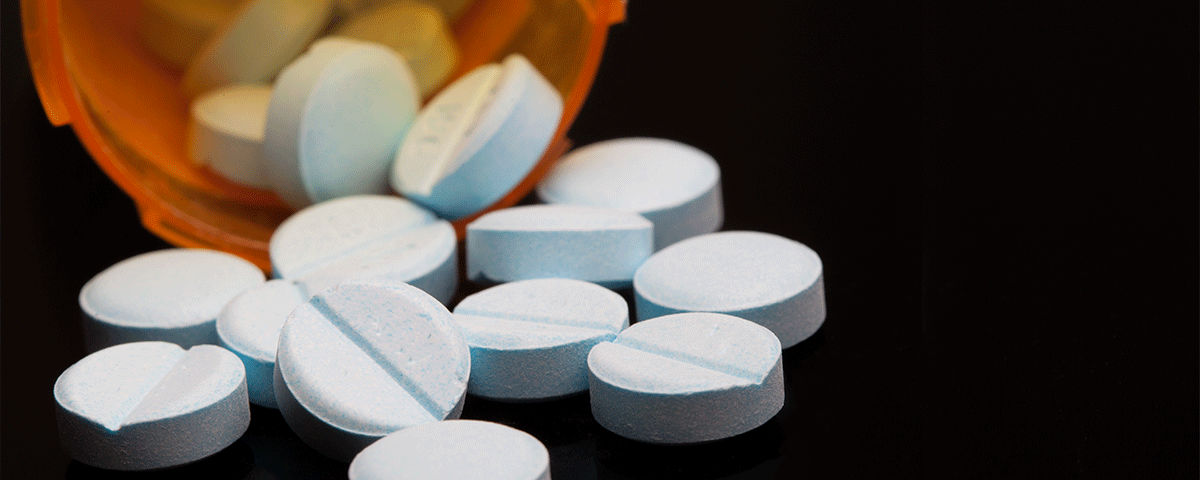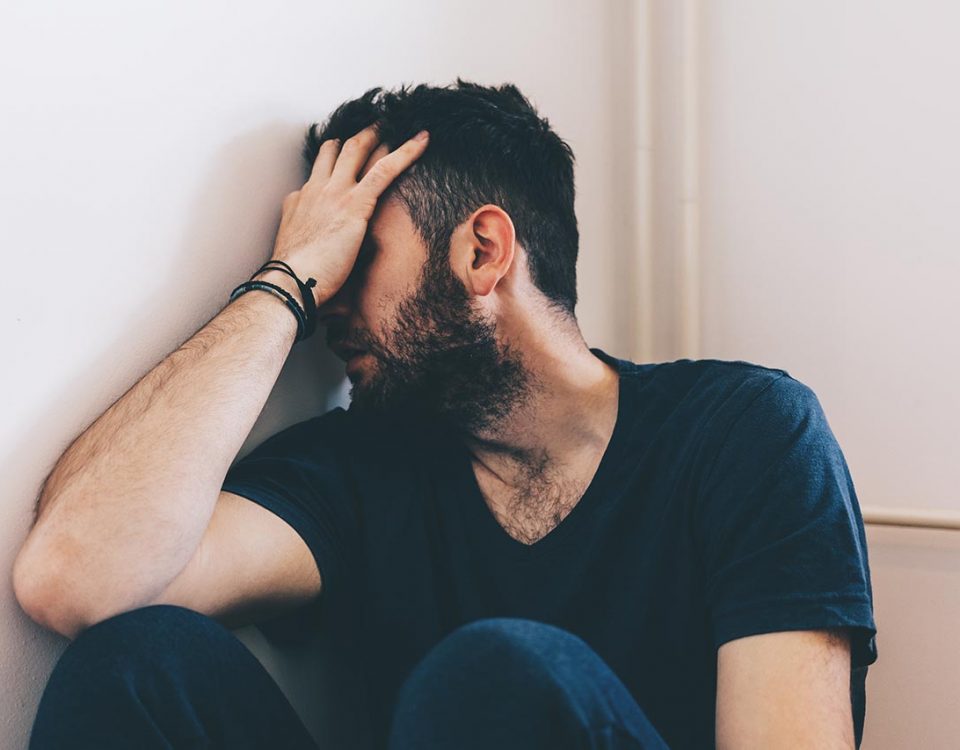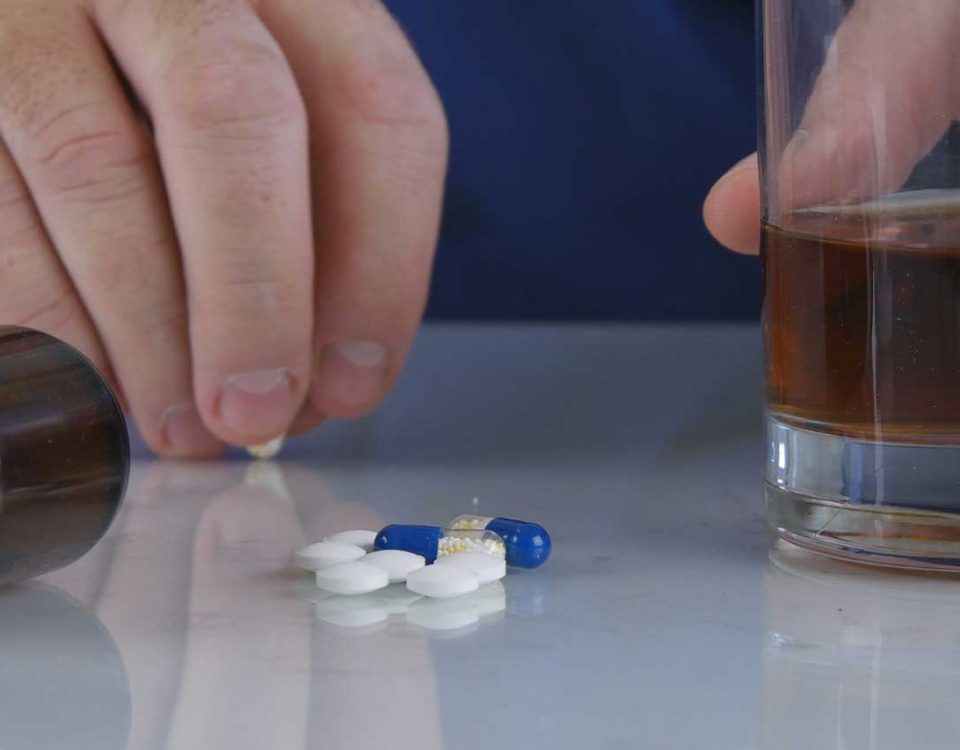The first mention of opium use goes back 6,000 years when opium poppy plants were known as “the plant of joy.”
They were first isolated for their euphoric and pleasurable side effects by Sumerians around 3,400 B.C. But it wasn’t until the 15th and 16th centuries that Arabic traders introduced opium to China and other areas in the Far East. Since then, opioids have contributed to an epidemic that began in the late 1990s. Our Stuart, Florida treatment center is diving into the history of opioids and how they affect people in the United States today.
A Brief History of Opioids
Ancient Civilizations
The earliest references to opium – the natural or main source of opiates – dates back to the time of Sumerians in Mesopotamia. This ancient civilization cultivated poppies, or opium poppies, for their useful abilities to alleviate pain. Also called Hul Gil (the “Joy Plant”), opium's usefulness was acknowledged for centuries. Eventually, the art of poppy-culling was passed along to the Assyrians, and later to the Babylonians, and from there to the Egyptians.1 After that, it received recognition from more and more people.
Arabs, Greeks, and Romans all used opium as a sedative. Hippocrates, the “father of medicine,” acknowledged the plant’s efficacy as a narcotic. He approved of this plant so much that he even prescribed it in a drinking juice to patients. Records indicate that even Alexander the Great took opium as he expanded his empire and introduced it to the people of Persia and India in 330 B.C.1
Opium from The 14th to 18th Century
In the 1300s, opium almost completely disappeared from European records. This was due to the belief that things from the east were evil. However, Portugal eventually came across opium while trading in China and initiated smoking it. The Portuguese were blown away by the immediate effects of opioids. The drug was reintroduced to Europe during the peak of the Reformation in 1527. At the time, a medical journal by Paracelsus introduced opium as laudanum. People began calling these black pills "Stones of Immortality" and often used them to treat various conditions.1 Because they found the side effects of opioids to be so appealing, recreational use was introduced by Persians and Indians when they began to eat it and mix it into liquids to drink.
Inappropriate guilt can stem from a variety of situations. Feeling guilty over something that’s out of your control is inappropriate or misplaced guilt. On the other hand, there are certain situations where you may play a direct hand in your guilt. If you continue to do things that make you feel guilty, then you’re the one creating the problem. When it comes to addiction recovery, your main fight will always be against drugs or alcohol. But if using these substances makes you feel guilty, then avoid them.
Skip to the 1600s, and leaders like Elizabeth I chartered ships to bring back opium from India.1 Nearly 80 years later, English apothecary Thomas Sydenham introduced Sydenham's Laudanum, a mixture of opium, wine, and herbs. This mixture was made into pills and sold as a remedy for different ailments.1 Then, in the 1700s, The Dutch introduced the idea of smoking opium in a pipe to the Chinese. The Chinese rejected the idea and, in fact, the Chinese emperor at the time (Yung Cheng) prohibited the smoking and domestic sale of opium unless done under a license for medical use.2
Over the years, the cultivation and distribution of opium became a serious trade. In 1799, China responded to this growing trade similarly, with the emperor (Kia King) banning opium completely.2 However, despite these efforts, the opium trade in China continued to flourish. The Portuguese imported opium from India and sold it in China for a bigger profit. The British eventually became a part of this trade and even became the leading opium supplies of the Chinese drug market. The British East India Company established a monopoly on the trade and forbade all Indian growers from selling to competitor companies.
Europe mainly utilized the opium trade concerning China because of the high demand for Chinese products. However, there was little demand in China for European products. As a result, Europe had to pay for Chinese products with gold or silver, leaving them with very little gain. The opium trade granted Europe the opportunity to trade for Chinese products and make a profit.
Opium in The 19th Century
The history of opioid abuse became more apparent when writers like John Keats and Thomas De Quincey became public about their recreational drug use. Eventually, a well-known opioid called morphine was manufactured by E. Merck & Company of Darmstadt, Germany. Meanwhile, the demands for opium continued to grow. China’s attempt to suppress opium traffic resulted in the First Opium War in 1839.3 The British won the war and, from this, gained the upper hand of the opium trade.
Many continued to experiment with opium and soon discovered different ways to use it. For example, in 1853, Dr. Alexander Wood of Edinburgh discovered that injecting morphine with a syringe produced instant and more powerful side effects.4 Eventually, the dangers of opioid abuse were discovered. In 1878, Britain passed the Opium Act trying to reduce opium use, but to no avail. Heroin was eventually cultivated by English researcher C.R. Wright in 1874, opening another Pandora’s box.1
Opium in The 20th Century
Heroin addiction eventually hit an all-time high in the early 1900s. It wasn’t until 1906 when the U.S. Congress passed the Pure Food and Drug Act requiring content labels on medicines, that the availability of opiates and opiate consumers decreased.1 Four years later, the Chinese succeeded in dismantling the India-China opium trade with the British. Despite the many attempts to reduce opium use, the number of heroin addicts in the U.S. reached an estimated 750,000.1 The Opium Exclusion Act was followed by actions like the Harrison Narcotics Tax Act of 1914, The Heroin Act in 1924, and the Controlled Substances Act of 1970. All worked towards the reduction of opioid abuse in the U.S. The latter created five “schedules” in which drugs were placed according to their medicinal value, harmfulness, and potential for abuse. Despite President Nixon’s initiation of the “War on Drugs” in 1973, the end of the 1990s saw a spike in opioid prescriptions, contributing to the opioid epidemic and the growing need for prescription pill addiction treatment.1
Opioid Abuse Today
In 2019, nearly 50,000 people in the U.S. died from an opioid-related overdose.5 The history of opioids in America has hit a point in the 21st century where the need for opiate detox and addiction treatment continues to grow. Opioid abuse has become a public health crisis that has resulted in addiction and the death of thousands. Not only has the crisis led to a rise in neonatal abstinence syndrome cases, but there has also been an increase in intravenous drug abuse. This IV drug use has contributed to the spread of diseases like HIV and hepatitis C. Nationwide efforts are being made to help those falling victim to the lure of prescription and illicit opioids.
Improved access to treatment is one of the many ways the nation is fighting against the opioid epidemic. Banyan Treatment Centers Stuart offers various substance abuse treatment options that can help you or someone you love to get sober.
If you’re battling addiction, call Banyan Detox Stuart now at 888-280-4763 to learn more about our detox programs and addiction treatment in Florida.
Source:
- PBS - Opium Throughout History
- Britannica - Opium trade
- Britannica - Opium Wars
- RCPE - Alexander Wood
- NIH - Opioid Overdose Crisis
Related Readings:









